March 30-April 5, 2025
The shift into exuberance
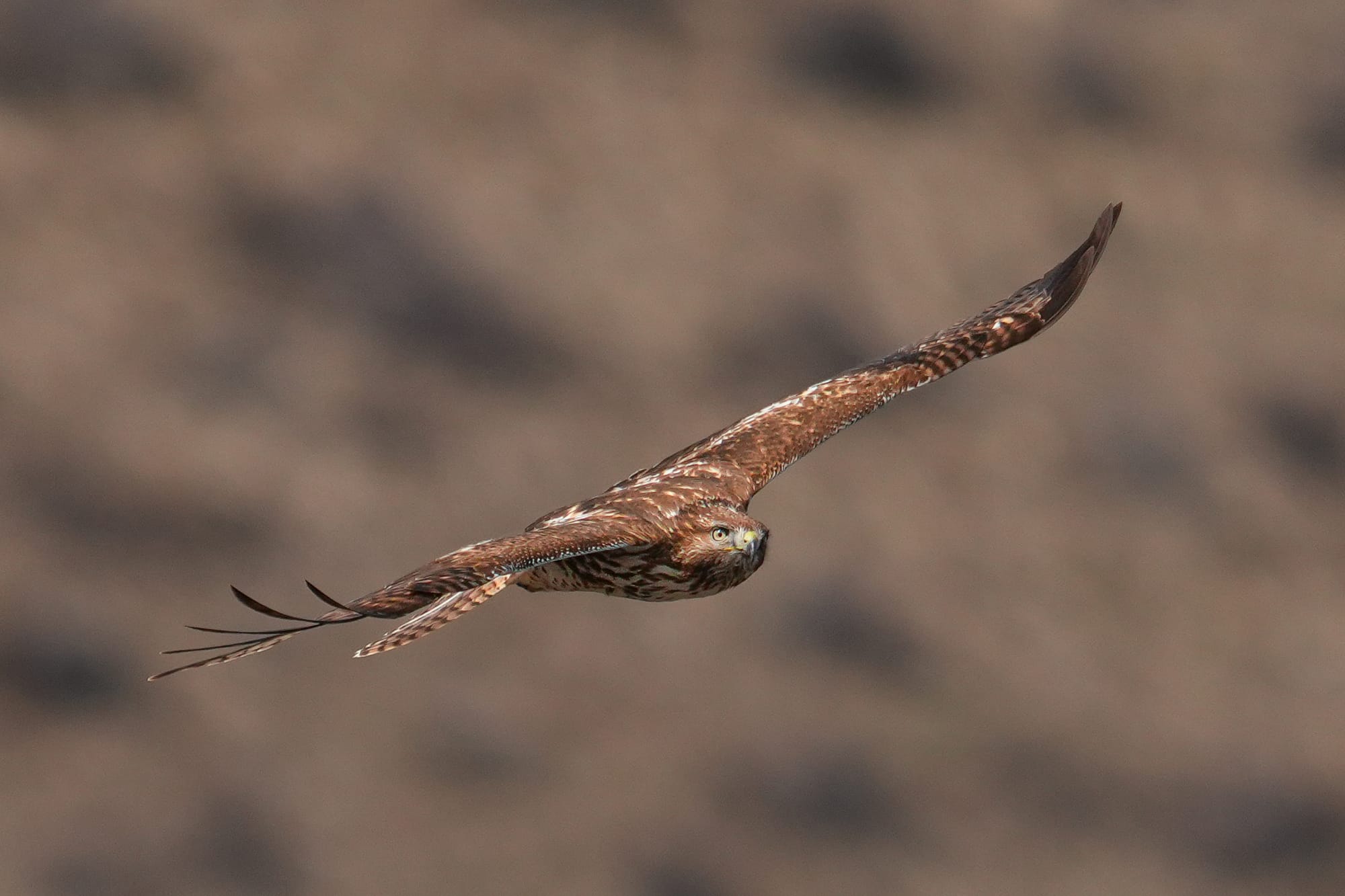
Although the week started with rain and a light dusting of new snow in the hills, the days were sunny and windy for the rest of the week.


Week in Review
I think the word of the week would have to be "exuberant." After last weekend's rain, the nights are now thrilling with the choruses of frogs, while hawks and eagles are spending their days courting and riding brisk winds over newly emerging flowers and insects.

The main spectacle this week has been groups of young bald eagles gathering and playing around the larger lakes. I've been watching them every day as 6-8 at a time soar and dramatically chase each other in the high winds over Twin Lakes. It's been thrilling to watch them, plus they're frequently joined by a handful of crows, ravens, and red-tailed hawks.
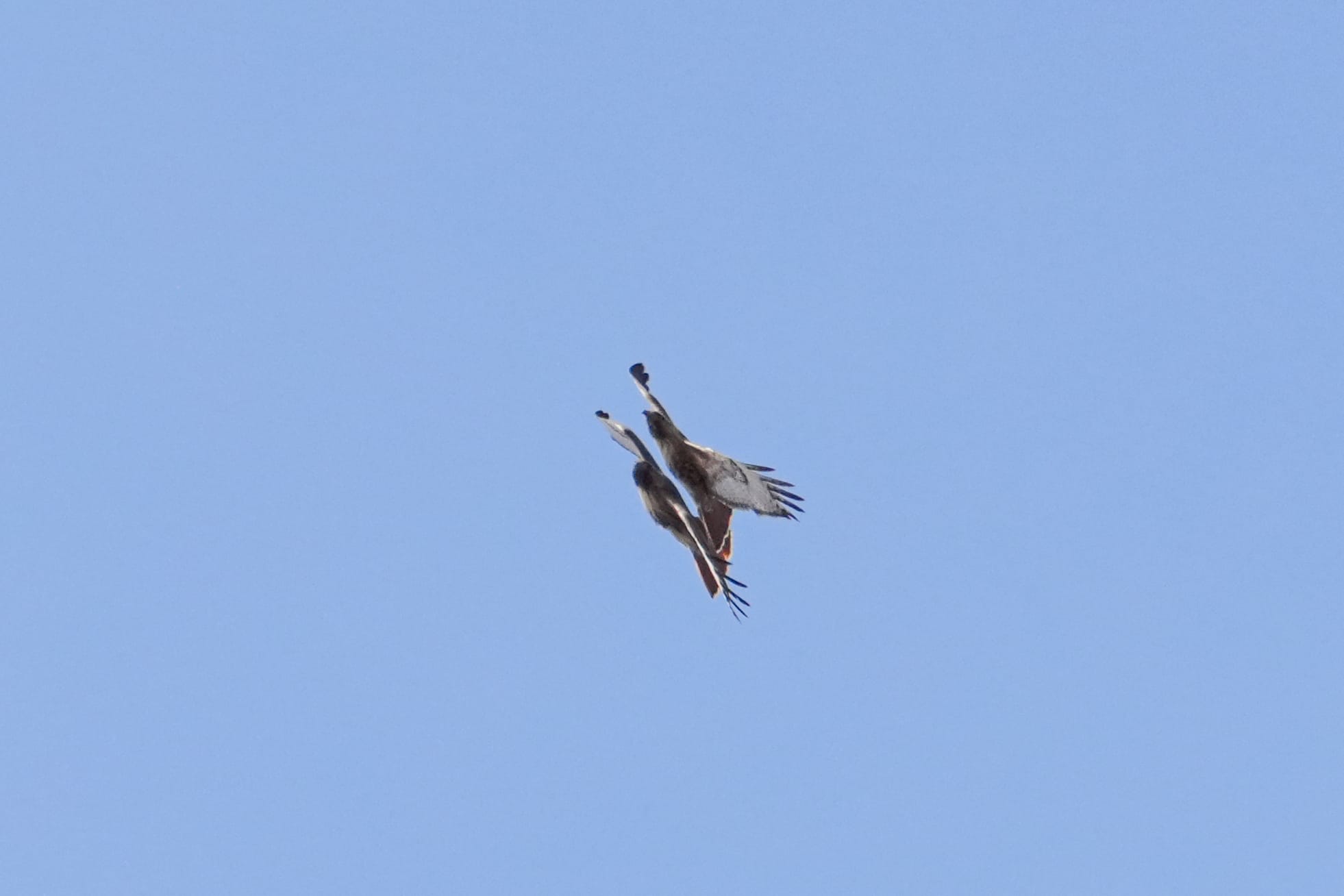
I don't know why so many juvenile bald eagles are here at the same time. However, I would guess they gather like this partly as a defense against adults that are now paired up and aggressively defending their territories, and partly as a way for the juveniles to play and learn from each other as they grow into their own adulthood.
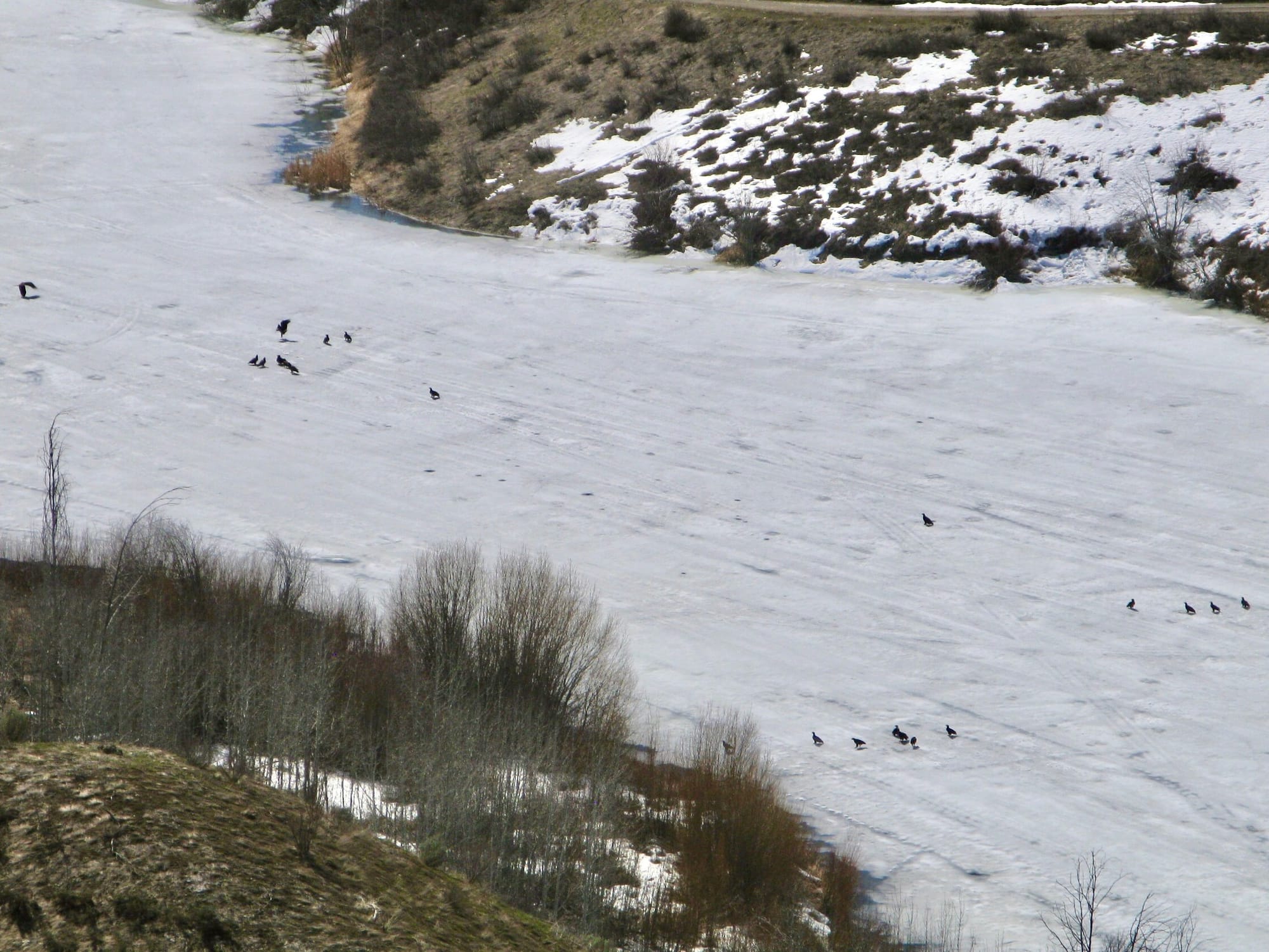
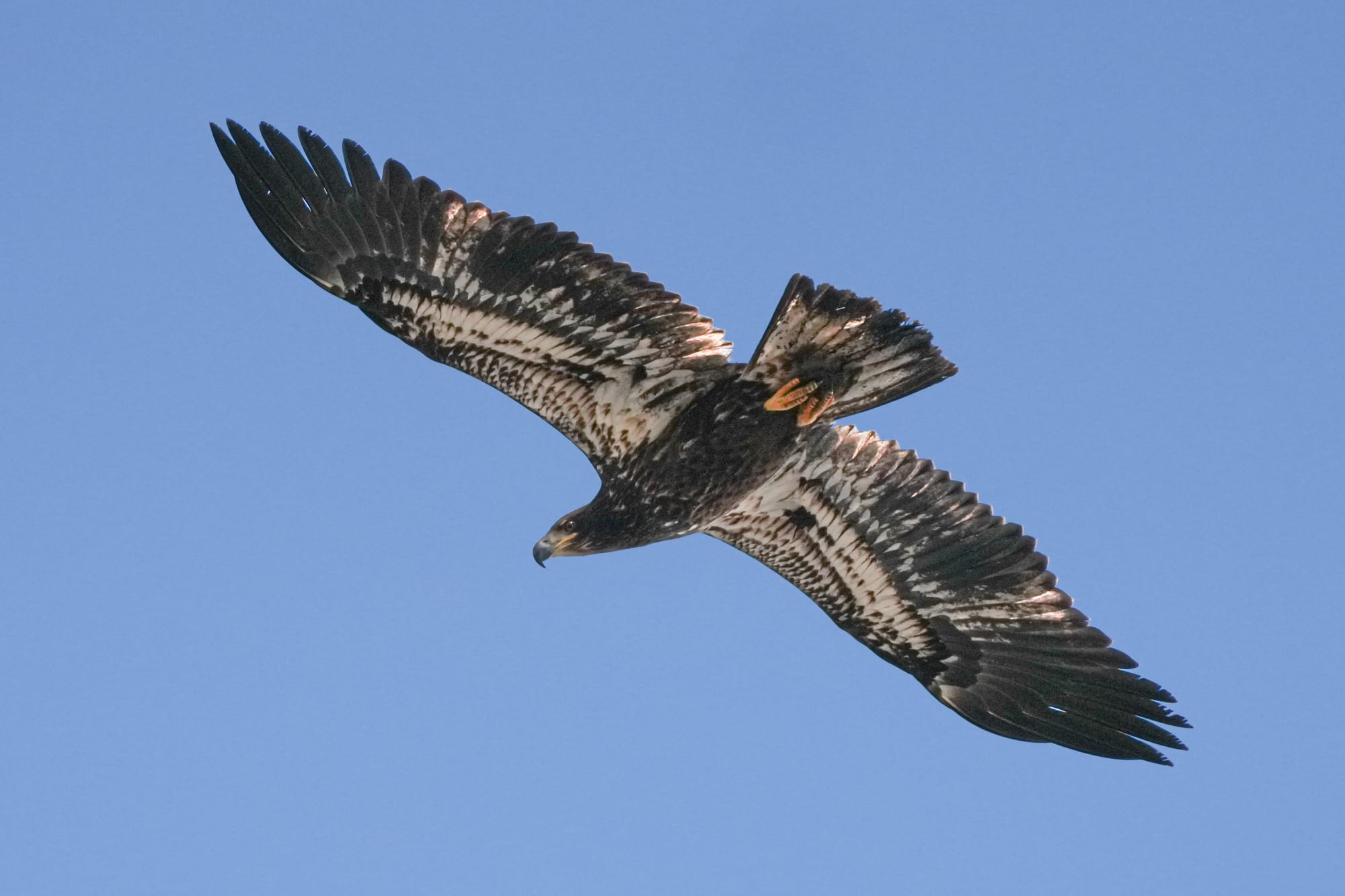
And if that wasn't exciting enough, many other birds are feeling this exuberant energy right now too!
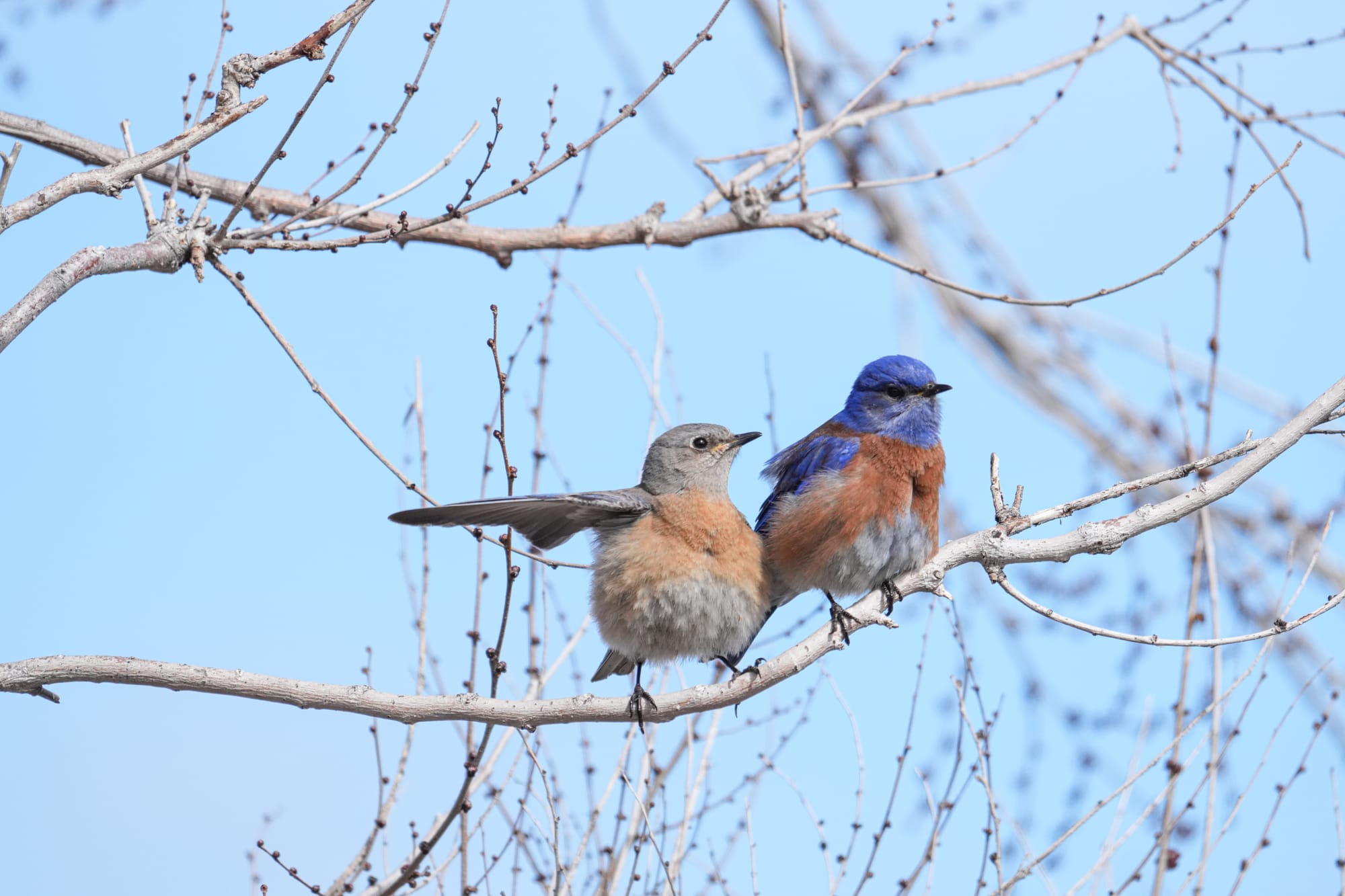
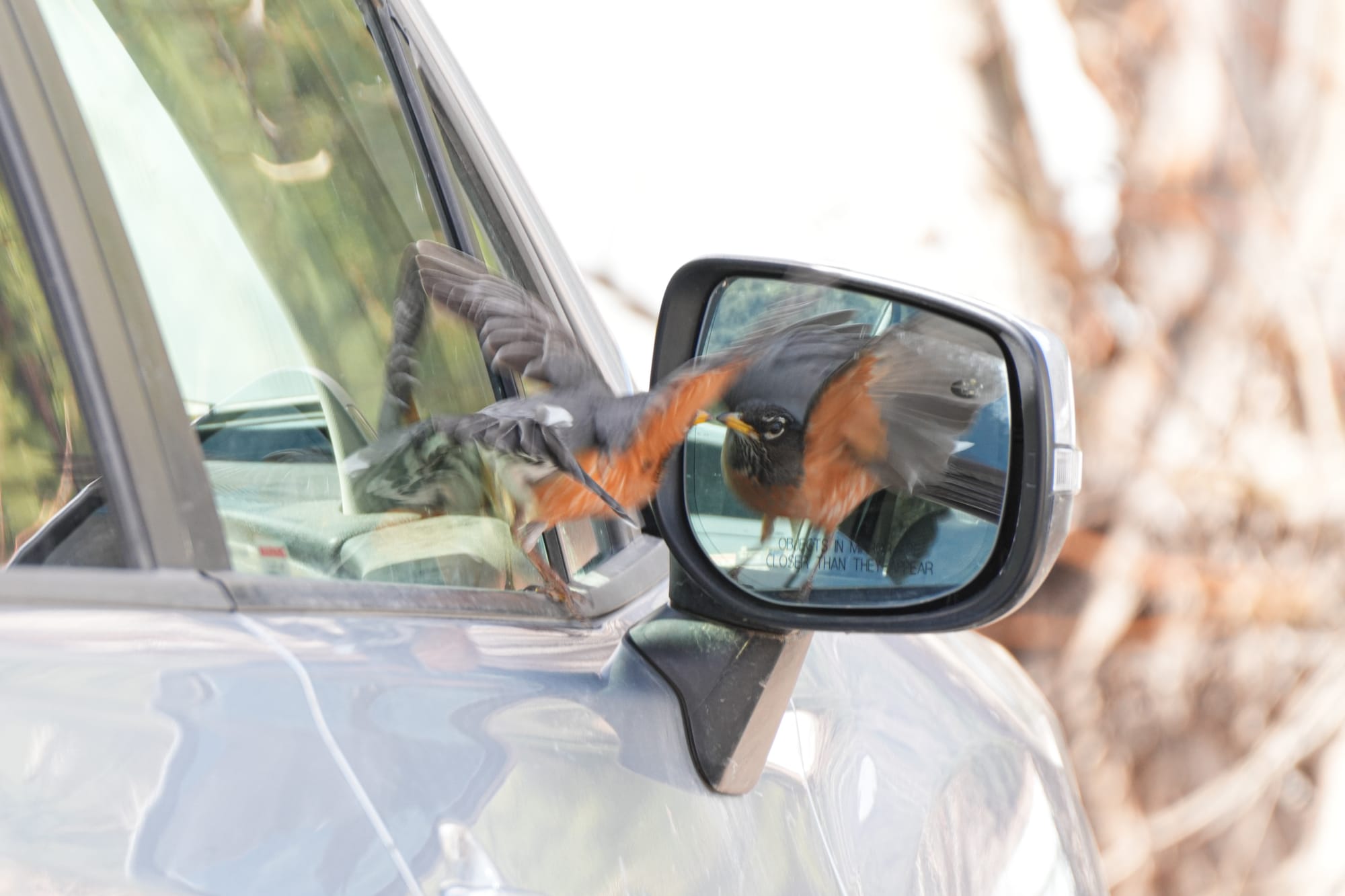

Even some of our furry neighbors are getting in on the fun too. I spotted two yellow-bellied who looked immensely happy to be out of their stuffy winter shelters and playing together in the sun. And yellow-pine chipmunks are scampering around everywhere.
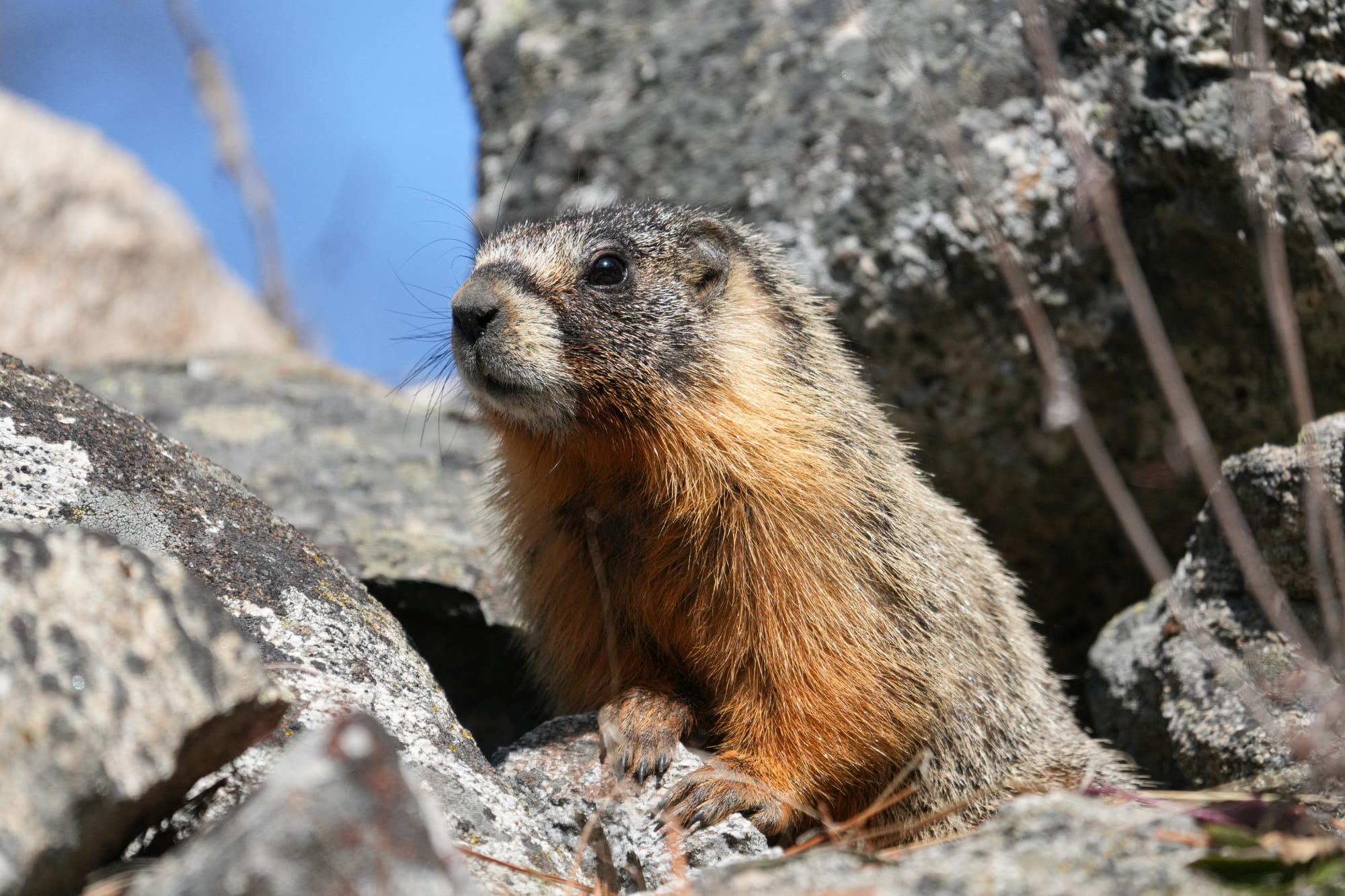
One courageous turkey vulture arrived last week but they are now here in larger numbers, along with the first trumpeter swans that arrived on April 2.
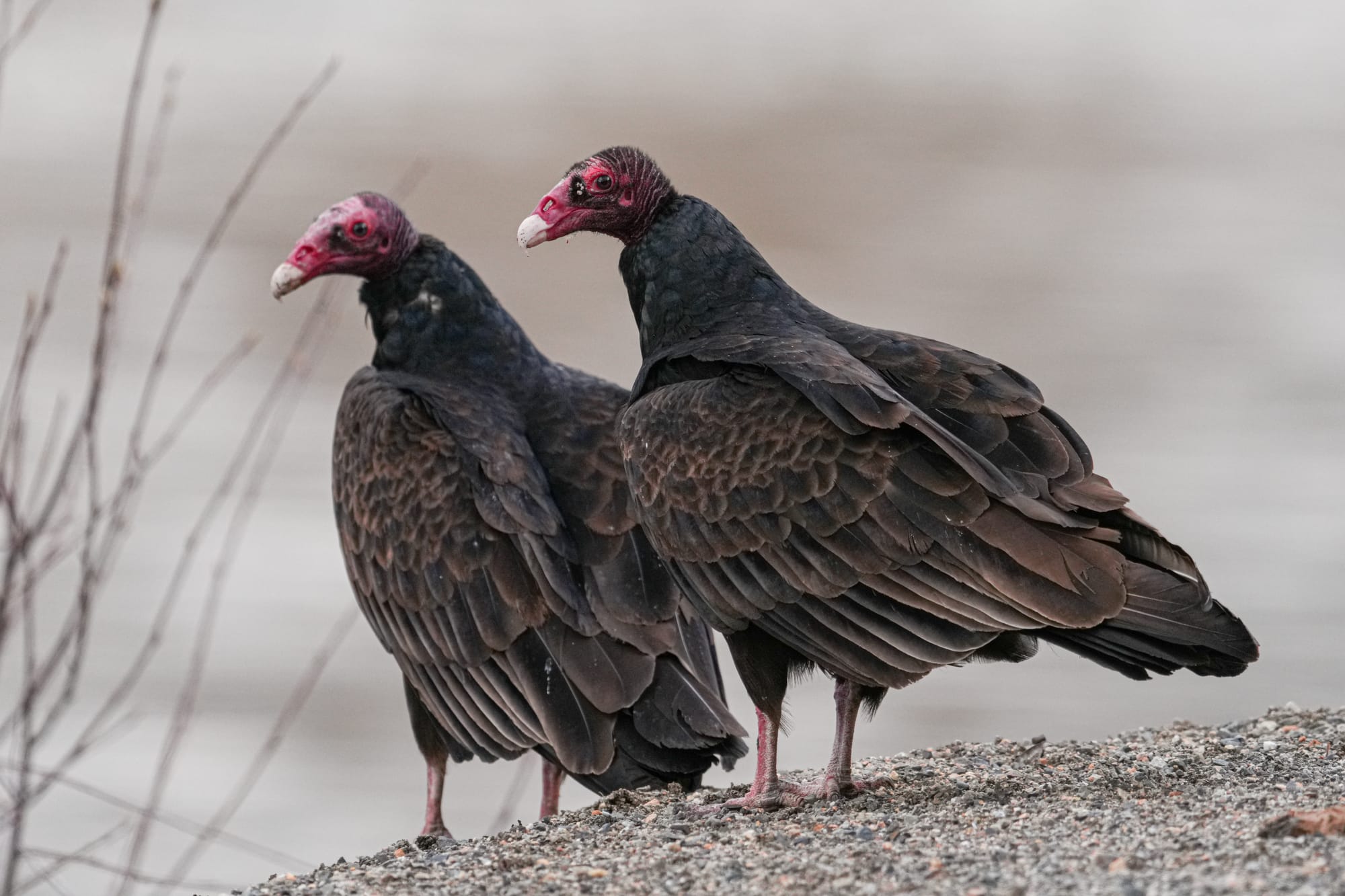

It's also been thrilling to see a range of flowers begin to emerge. Their numbers are still low but you can already find carpets of flowers in some locations. So far, we've been seeing sagebrush buttercup and yellow bell (yellow), spring beauty (white), and bluebells (blue).
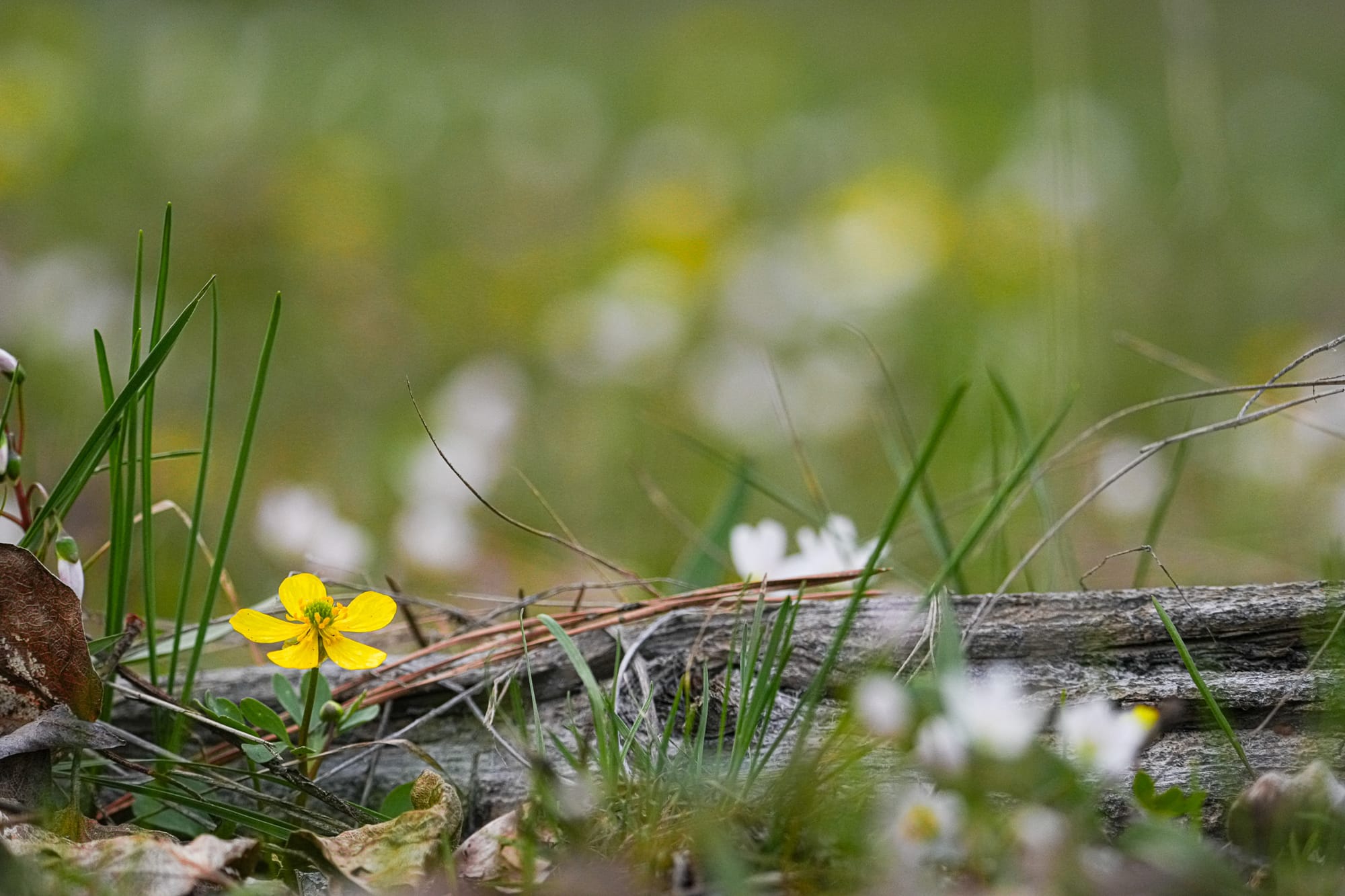
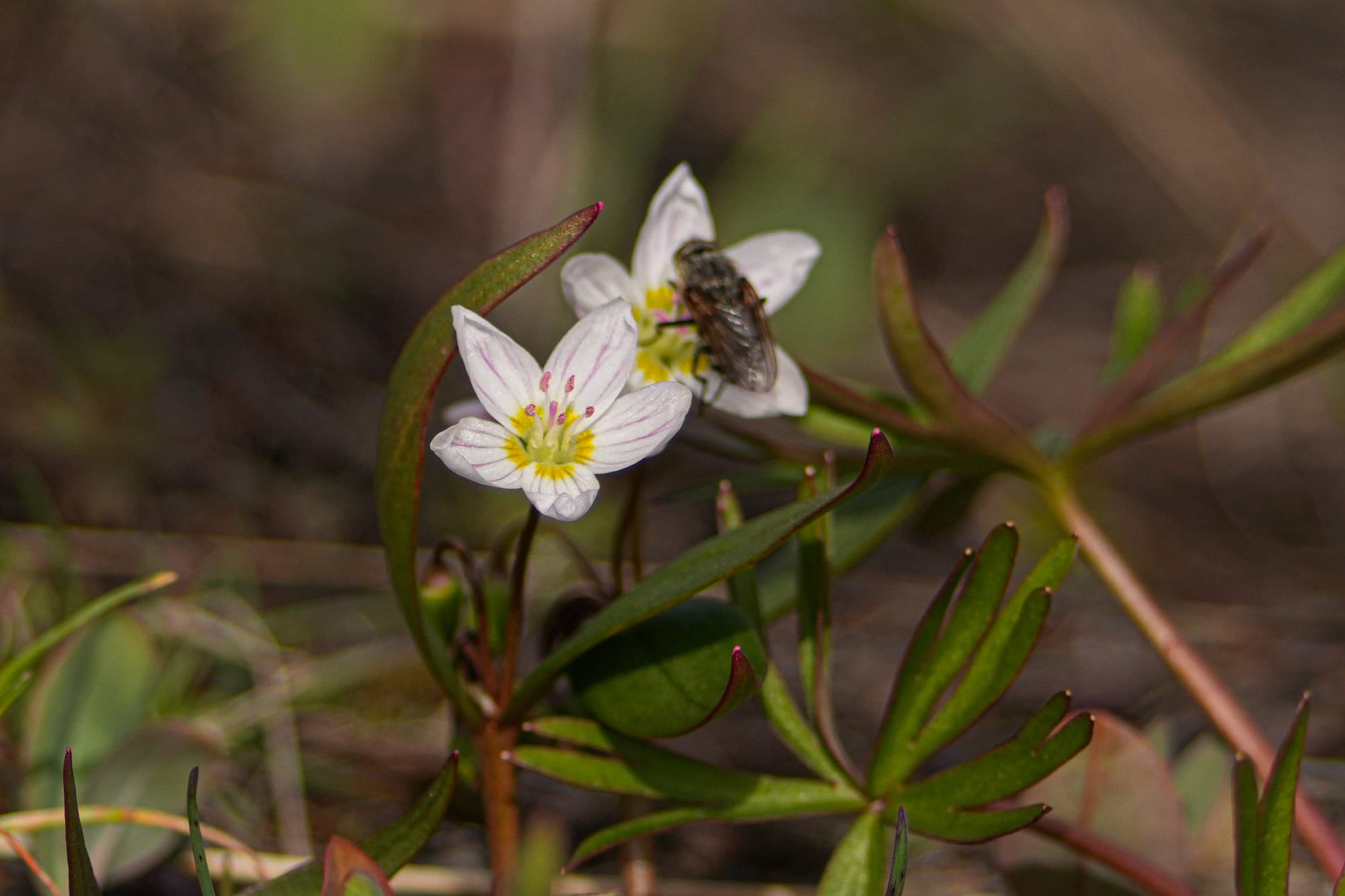

Observation of the Week: A Chorus of Frogs
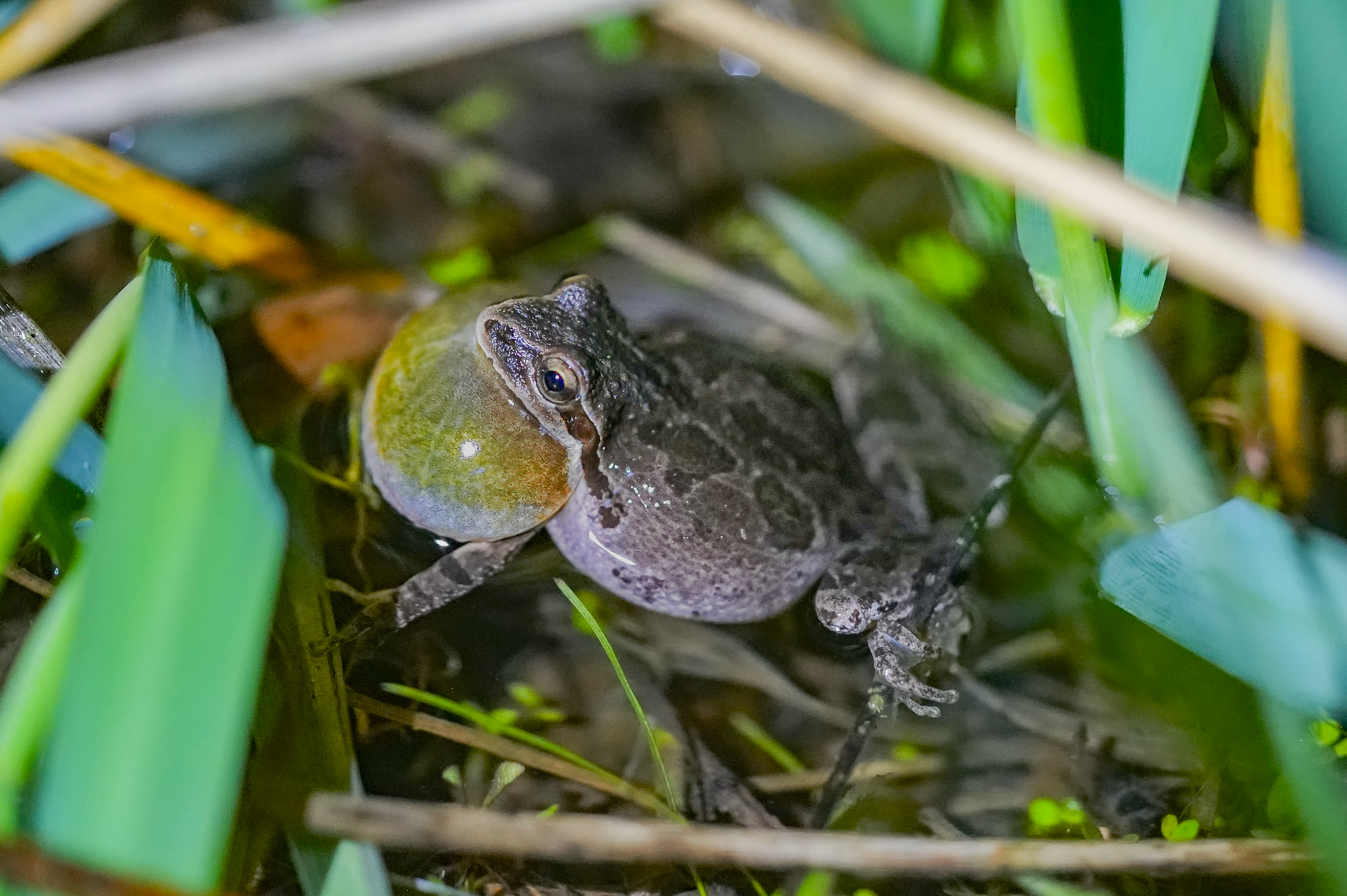
Although the ice quickly melted over the past couple weeks, it took a night of hearty rain to finally waken the frogs. I don't know if they were calling the night it started raining, but the next night they were in full swing down by the lake.
These early-emerging frogs are Pacific chorus frogs (also known as Pacific treefrogs), which are the Pacific Northwest's most common and widespread amphibian. You might recognize them as the bright green frogs you occasionally find in your garden or in potted plants on your porch, and they have the classic ribbet call that you've heard in the soundtracks of dozens of Hollywood movies.
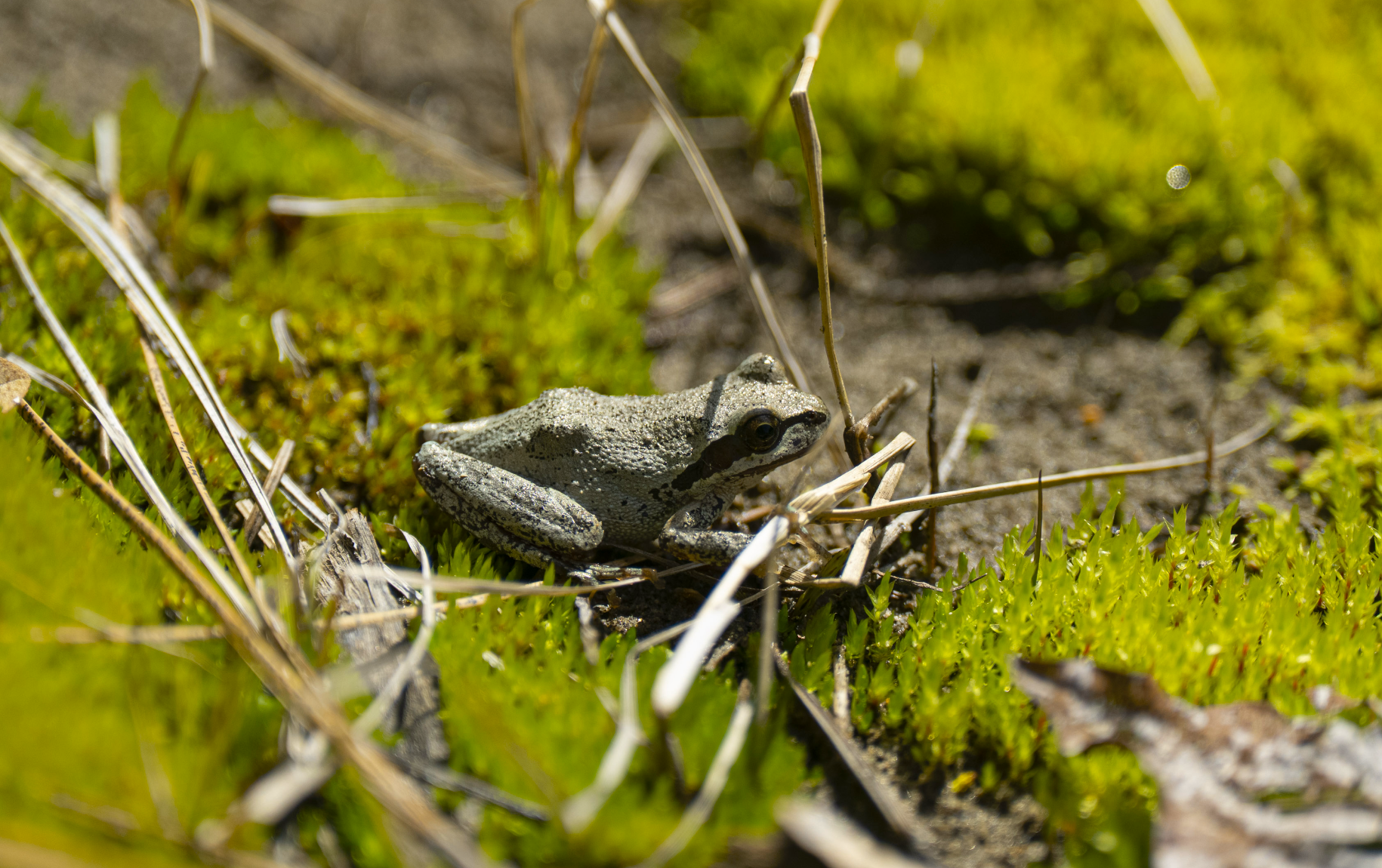
These nighttime choruses can be a deafening wall of sound, but there's actually a lot of dynamic behavior going on within these choruses. One of the most common behaviors involves satellite males who avoid calling so they won't be eaten by predators, but wait silently near calling males to sneak copulations with females who hop over to check out the calling male (you can read more about this in my Lukas Guides newsletter).

Males also use different calls to maintain a proper distance from other calling males while also staying focused on attracting females. In addition, they can couple or uncouple their ear bones in order to focus on and separate out low-frequency sounds (like the footsteps of approaching predators) or high-frequency sounds (the calls of other frogs).

